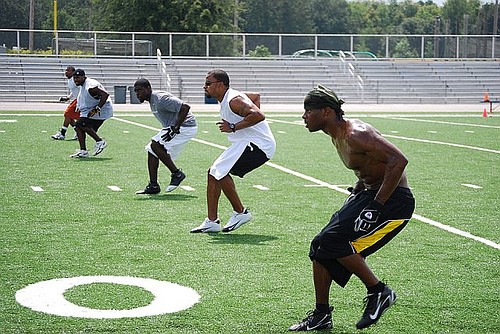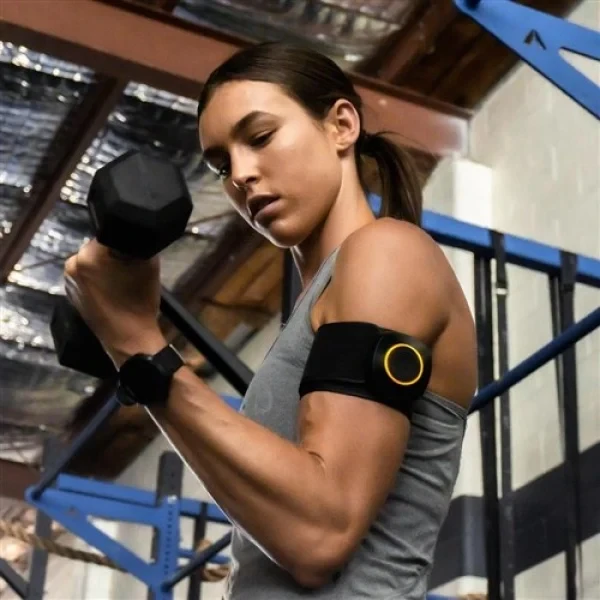
Posterior cruciate ligamnet (PCL) tears:
Posterior cruciate ligament (PCL) tears are less common than ACL tears partly due to the fact the ligament is much broader and has greater strength than the ACL
PCL injuries are often associated with meniscal and chondral injuries.
Mechanism Of Injury:
The mechanism of PCL injury is usually a direct blow to the anterior tibia with the knee in a flexed position. An example of this injury would occur when an individual has a car crash and their legs are placed on the dashboard of the car.
However hyperextension of the knee may also result in an injury to the PCL.
Also a bad landing from a jump, a simple misstep or fast changes of direction can result in a PCL injury
A PCL tear is most common with sports such as soccer, american football and skiing.
PCL Rehabilitation:
Due to the excessive motion in the posterior direction of the tibia the aim of PCL rehabilitation should be to loosen up the soft tissue structures posteriorly (calf and hamstring muscles) while strengthening the anterior structures primarily the quadriceps muscles.
Closed chain exercises are recommended for grade I and II PCL injuries.
These exercises are aimed at increasing muscle strength while also improving the individuals proprioception, coordination and balance.
End stage PCL rehabilitation should be aimed at neuromuscular control.
Here’s some videos ideal for Grade 1 or 2 PCL rehabilitation.
Calf Stretch:
Hamstring Stretch:
Reverse Lunge:
Goblet Squat:
Physio Tullamore:
For more information about PCL injuries or to book an appointment, call 057 9329111


.jpg)